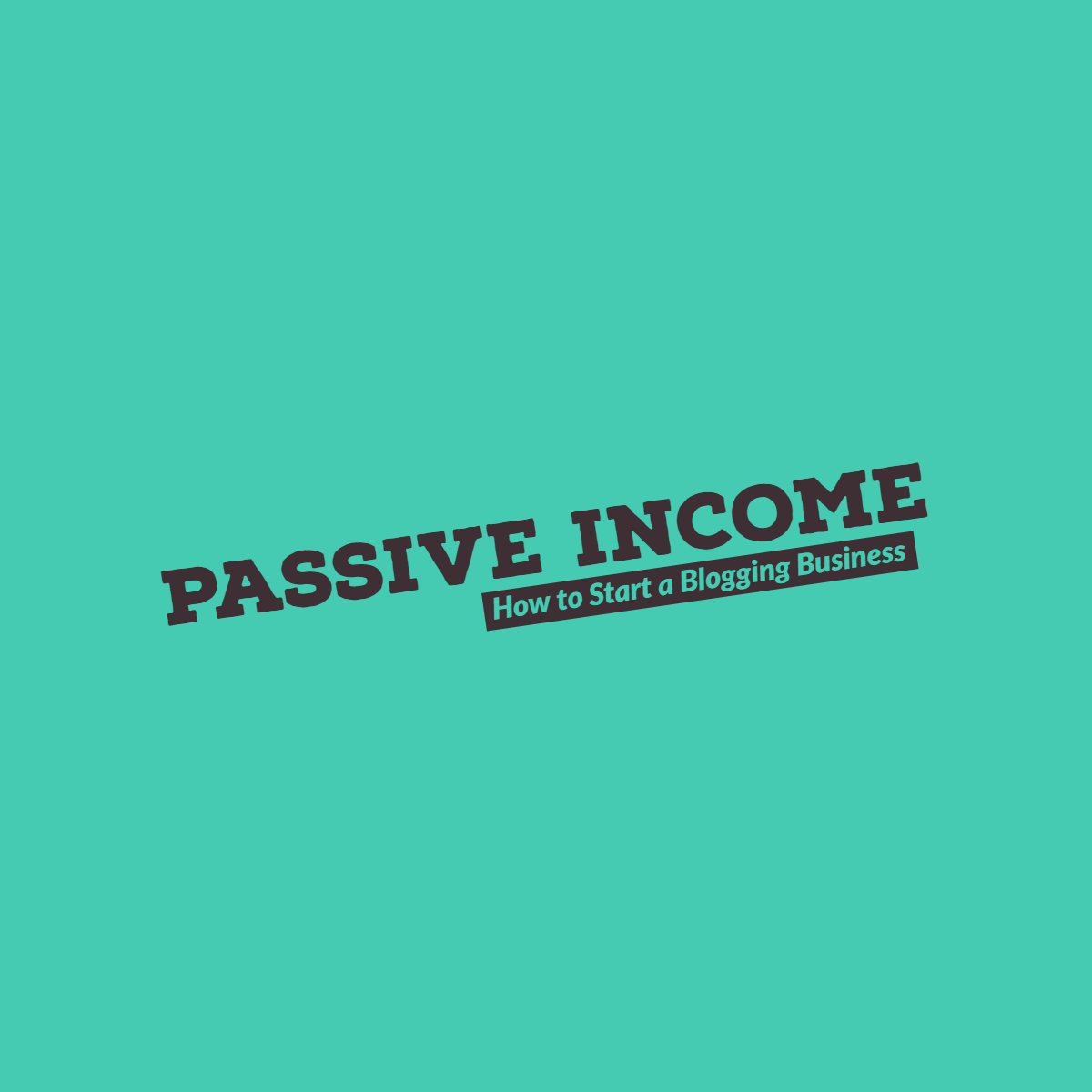Different Types of SEO Links A Blogger Needs to Know
SEO, or Search Engine Optimization, is a complex and ever-evolving field that encompasses various strategies and techniques to improve a website’s visibility and ranking in search engine results pages (SERPs).
One of the fundamental aspects of SEO is link building, which involves acquiring hyperlinks from other websites to your own.
These links play a crucial role in determining a website’s authority, relevance, and trustworthiness in the eyes of search engines like Google.
- Types of Links used for Blog SEO
- Conclusion
- Frequently Asked Questions
- 1. What is link building, and why is it important for SEO?
- 2. What are the benefits of natural links compared to artificially created ones?
- 3. How can businesses identify high-quality websites for link building purposes?
- 4. What are some common mistakes to avoid when engaging in link building?
- 5. How can businesses leverage content marketing to enhance their link building efforts?
- 6. What role do anchor texts play in link building, and how should they be optimized?
- 7. How can businesses measure the effectiveness of their link building efforts?
- 8. How important are relevance and context in link building?
- 9. What are some ethical link building strategies that businesses can implement?
- 10. How can businesses adapt their link building strategies to keep up with changes in search engine algorithms?
Types of Links used for Blog SEO
In this article, we’ll explore the various types of links used in SEO and their significance.
1. Natural Links
Natural links, also known as editorial links, are acquired organically when other websites find your content valuable and decide to link to it without any incentivization or manipulation. These links are highly valuable in SEO as they indicate to search engines that your content is authoritative and worthy of citation.
2. Manual Outreach Links
Manual outreach involves proactively reaching out to other website owners or bloggers to request a link to your content. This approach often involves personalized emails or messages, offering something of value in exchange for the link, such as guest posts, expert opinions, or collaboration opportunities. Manual outreach requires effort but can yield high-quality links from relevant and authoritative websites.
3. Guest Blogging Links
Guest blogging involves writing content for other websites in your niche in exchange for a link back to your own website. When done correctly, guest blogging can help establish your authority in your industry, drive referral traffic, and earn valuable backlinks to improve your site’s SEO performance.
4. Broken Link Building
Broken link building is a tactic where you identify broken links on other websites and offer your own content as a replacement. This approach provides value to website owners by helping them fix broken links while simultaneously earning a link to your own content.
5. Resource Page Links
Many websites have resource pages that curate helpful links and resources related to a specific topic. By identifying relevant resource pages in your niche and reaching out to the website owners, you can request to have your content included, thus earning a valuable backlink.
6. Social Profile Links
Links from social media platforms such as Facebook, Twitter, LinkedIn, and Instagram may not directly impact your website’s search engine rankings, but they can help drive traffic and increase brand visibility, which indirectly contributes to your SEO efforts.
7. Directory Links
While directory links have diminished in importance over the years, obtaining listings in reputable and industry-specific directories can still provide some SEO value, particularly for local businesses. However, it’s essential to prioritize quality directories and avoid spammy or low-quality ones.
8. Forum and Community Links
Participating in online forums, communities, and discussion boards relevant to your industry can help you establish authority and credibility. Including links to your website in forum signatures or within relevant discussions can generate referral traffic and contribute to your SEO efforts.
9. Press Release Links
Issuing press releases about noteworthy events or announcements related to your business can help attract media attention and earn coverage on news websites and industry publications. While press release links may not directly impact your search rankings, they can enhance your online visibility and brand reputation.
10. Web 2.0 Links
Web 2.0 platforms, such as Blogger, WordPress.com, and Medium, allow users to create and publish content on free blogging platforms. While these platforms may not provide as much SEO value as they once did, creating high-quality content on Web 2.0 sites with relevant links back to your website can still contribute to your overall link profile.
11. Image and Infographic Links
Creating visually appealing and shareable content such as images, infographics, and videos can attract backlinks from other websites looking to enhance their own content. Including embed codes or attribution links with your visual content makes it easier for others to link back to your website when using your visuals.
12. Edu and Gov Links
Links from educational (.edu) and government (.gov) websites are highly coveted in the SEO community due to their perceived authority and trustworthiness. While obtaining such links can be challenging, contributing valuable resources or content to educational institutions or government agencies can sometimes lead to opportunities for backlinks.
Conclusion
Link building is a multifaceted aspect of SEO that involves acquiring hyperlinks from other websites to improve your site’s authority, relevance, and trustworthiness in the eyes of search engines.
By employing a diverse range of link building strategies and focusing on acquiring high-quality, relevant links from authoritative sources, you can enhance your website’s SEO performance and drive organic traffic.
However, it’s essential to approach link building ethically and avoid spammy or manipulative tactics that could harm your website’s reputation in the long run.
Frequently Asked Questions
1. What is link building, and why is it important for SEO?
Link building is the process of acquiring hyperlinks from other websites to your own. These links are crucial for SEO because search engines like Google use them as a signal of a website’s authority, relevance, and trustworthiness. Essentially, the more quality backlinks a website has, the more likely it is to rank higher in search engine results pages (SERPs). Link building not only improves your website’s visibility but also drives referral traffic from other sites, thereby enhancing your overall online presence and credibility.
2. What are the benefits of natural links compared to artificially created ones?
Natural links, also known as editorial links, are acquired organically when other websites find your content valuable and decide to link to it without any incentivization or manipulation. These links are highly valuable for SEO because they indicate to search engines that your content is authoritative and worthy of citation. In contrast, artificially created links, such as those obtained through paid placements or link schemes, can be detected by search engines and may result in penalties or loss of rankings. Natural links are more sustainable in the long run and contribute to building a strong and trustworthy online presence.
3. How can businesses identify high-quality websites for link building purposes?
Identifying high-quality websites for link building requires thorough research and evaluation. Look for websites that are relevant to your industry or niche, have a strong domain authority, and demonstrate a history of publishing quality content. Tools like Moz’s Domain Authority and Ahrefs’ Domain Rating can help assess a website’s authority. Additionally, consider factors such as website traffic, engagement metrics, and the quality of existing backlinks. High-quality websites typically have a clean link profile with natural, relevant links from authoritative sources.
4. What are some common mistakes to avoid when engaging in link building?
One common mistake in link building is focusing solely on quantity over quality. Instead of pursuing numerous low-quality links, prioritize acquiring a few high-quality, relevant backlinks from authoritative websites. Avoid participating in link schemes or using manipulative tactics to artificially inflate your link profile, as these practices can result in penalties from search engines. Additionally, ensure that your link building efforts align with Google’s Webmaster Guidelines and prioritize creating valuable, shareable content that naturally attracts backlinks.
5. How can businesses leverage content marketing to enhance their link building efforts?
Content marketing and link building are closely intertwined, as high-quality content naturally attracts backlinks from other websites. By creating informative, engaging, and shareable content such as blog posts, infographics, videos, and whitepapers, businesses can increase their chances of earning valuable backlinks. Promote your content through social media, email newsletters, and outreach efforts to reach a wider audience and encourage other websites to link back to it. Collaborating with influencers, industry experts, and other content creators can also amplify your content’s reach and generate more backlink opportunities.
6. What role do anchor texts play in link building, and how should they be optimized?
Anchor texts are the clickable words or phrases that contain hyperlinks to another webpage. They play a crucial role in link building as they provide context to search engines about the linked content’s topic or relevance. When optimizing anchor texts, aim for a natural, varied mix of keyword-rich anchor texts, branded anchor texts, and generic anchor texts. Avoid over-optimization or keyword stuffing, as this can raise red flags with search engines and negatively impact your website’s rankings. Additionally, ensure that anchor texts are relevant to the linked content and provide value to users.
7. How can businesses measure the effectiveness of their link building efforts?
Measuring the effectiveness of link building efforts requires tracking and analyzing various metrics over time. Monitor changes in your website’s search engine rankings, organic traffic, and referral traffic from other websites to assess the impact of acquired backlinks. Tools like Google Analytics, Google Search Console, and third-party SEO software can provide valuable insights into your website’s performance and link profile. Additionally, track key performance indicators (KPIs) such as domain authority, the number of referring domains, and the quality of backlinks to gauge the overall success of your link building campaign.
8. How important are relevance and context in link building?
Relevance and context are crucial factors in link building, as they determine the value and impact of acquired backlinks. Links from websites that are relevant to your industry, niche, or topic area carry more weight in the eyes of search engines and are more likely to positively influence your website’s rankings. Additionally, context matters in terms of the surrounding content and anchor text used for the link. Aim to acquire links from pages that are contextually relevant to your own content and use anchor texts that accurately describe the linked content’s topic or relevance.
9. What are some ethical link building strategies that businesses can implement?
Ethical link building strategies focus on acquiring backlinks naturally, without resorting to manipulative or spammy tactics. Some ethical link building strategies include creating high-quality, valuable content that naturally attracts backlinks, participating in online communities and forums relevant to your industry, and fostering genuine relationships with other website owners and influencers. Additionally, focus on providing value to users through informative, engaging content and prioritize user experience and satisfaction over search engine rankings.
10. How can businesses adapt their link building strategies to keep up with changes in search engine algorithms?
Adapting link building strategies to changes in search engine algorithms requires staying informed about industry trends and best practices. Regularly monitor updates from search engines like Google and adjust your link building tactics accordingly to ensure compliance with new guidelines and requirements. Stay abreast of emerging technologies and trends in content marketing, social media, and influencer marketing to identify new opportunities for acquiring backlinks. Additionally, prioritize building a diverse and natural link profile that includes a mix of different types of links from various sources to withstand algorithmic changes and fluctuations in search rankings.


